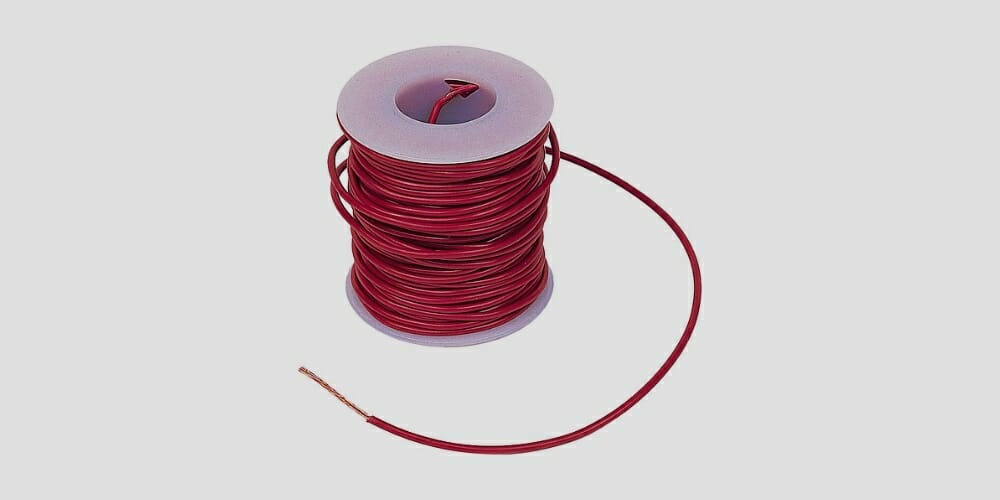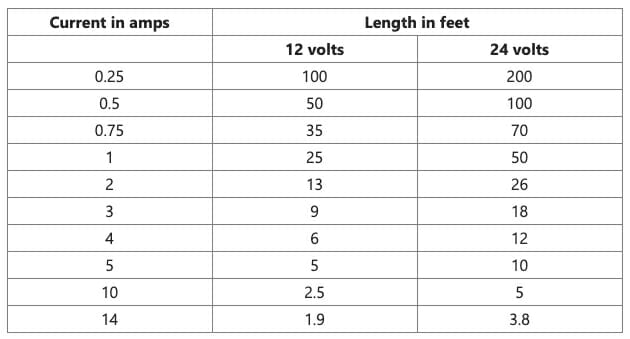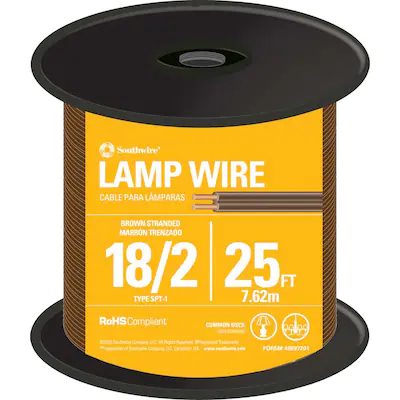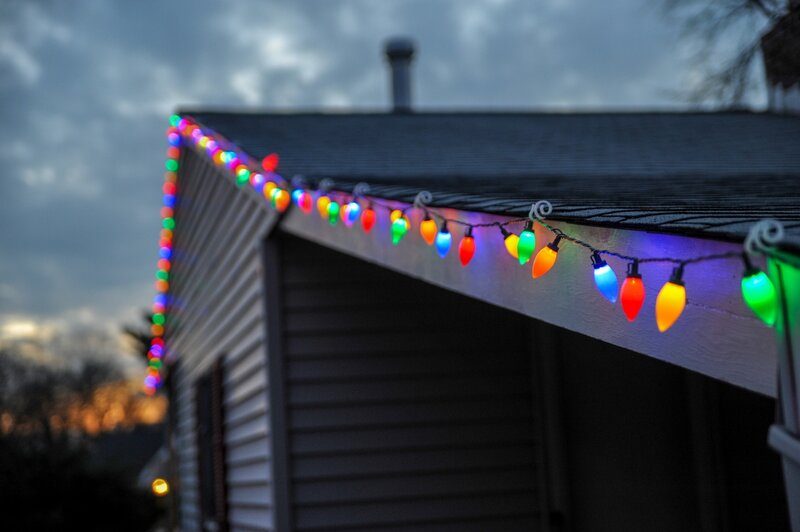What is 18 Gauge Wire Used For? (Examples and Charts)

If you’re wondering what 18-gauge Wire can be used for, I will cover all you need to know in this article.
18-gauge Wire is thin, so you might be concerned about how safe it would be to use it. For example, how much current can it handle? What appliances can you use it safely with?
18-gauge Wire is used for general low-voltage lighting circuits that allow no more than around 10-14 amps. You might see a small length wired to a lamp in the home. Otherwise, it is commonly used only in vehicles using 12/24-volt circuits.
Using 18-Gauge Wire
Temperature
An 18-gauge wire cannot tolerate high temperatures.
If you use an 18-gauge wire in your home, supplied by 120 volts, and the ambient temperature is very hot, say 90°C (194°F), the copper inside it could reach 14 amps if concealed or buried or 18 amps in free air.
The issue is not the voltage but rather the current that will run through it, which heats the conductor inside. A thin wire like 18 gauge is a fire hazard, even if the current is low. It could melt on a hot day.
Ampacity
The maximum ampacity for an 18-gauge wire is 14 amps, but using no more than around 10-11 amps of this theoretical limit would be safer.
Insulation
The type of insulation around the 18-gauge Wire can significantly affect how much it can cope.
I will compare two common wire insulation types for 18-gauge Wire: thermoplastic (PVC) and thermoset cross-linked polyethylene (XLPE). The former is strong, flexible, and cheap, and the latter is a bit thicker, more flexible, and more resistant to the elements. The codes on the wires indicate what type of insulation has been used.
Examples of thermoplastic insulation: THWN-2, THW-2, THHW, THHN
Examples of thermoset insulation: XHWN-2, XHWN, XHHW-2, XHHW, XHHN
Of the two (thermoplastic/PVC and thermoset/XLPE), the thermoset type is better at handling high temperatures. It can usually tolerate a fault current, which the thermoplastic type cannot.
Length of Wire
The length of the Wire is another important factor that can tell how useful the 18-gauge may be and what it can be used for.
If the Wire is very long, it could cause a high voltage drop and reduce the power available to the appliance. If it is used in a 12/24 volt circuit that allows for a maximum 3% voltage drop, the length will make a difference, as indicated in the table below. A 12-volt circuit is common in cars, and a 24-volt circuit in trucks, RVs, and boats with trolling motors.

For example, if an appliance requires drawing ten amps in a car, the Wire should not be more than 2½ feet or 5 feet in a car. Note that the longer the Wire, the less current it can handle.
18-Gauge Wire in the Home

In Your Home Wiring
You are unlikely to see the 18-gauge wires in any home’s mains wiring.
The only place you might see it is attached to a low-voltage appliance, such as a lamp.
If you see it used for anything more than that, such as in the wall or wired to a heavy appliance, you should alert the owner immediately, as it is a huge fire risk.
Most household appliances will require at least a 15 or 20-amp circuit, so an 18-gauge wire, which has a maximum ampacity of 14 amps, cannot be used. Home wiring would need to be at least 14 gauge, thicker than 18 gauge.
Appliances for which an 18-Gauge Wire Can Be Used
A simple lighting circuit is the main use for an 18-gauge wire in the home.
You might see it used specifically for:
- LED lighting
- Lamp, such as a desk lamp
- Small lights, as in ceiling fans
- Low-light landscape lighting

18-Gauge Wire in Vehicles
Rather than the home, 18-gauge Wire will be found more commonly in vehicles.
For example, you will likely find that your car speakers use an 18-gauge wire. But larger speakers or subwoofers might not have it.
You can use this table to see how many amps different lengths of 18-gauge Wire can handle in a 12-volt car.
| Length in feet | 2.4′ | 3.6′ | 4.5′ | 7′ | 12′ |
| Current in amps | 15 | 10 | 7.5 | 5 | 3 |
| Please don’t use an 18-gauge wire for large speakers, as it will not be able to handle the higher current. |
